On this page:
Click button below to view other species in series
Tuna species
There are three types of eel in Aotearoa;
Longfin eel (Anguilla dieffenbachii), Max size: 2 metres, 25kg

Shortfin eel (Anguilla australis), Max size: 1.1 metre, 3kg

Australian longfin eel (Anguilla reinhardtii), Max size: 2 metres, 21kg

Tuna species [Illustration: R M McDowall]
How can you tell?
There are several ways to tell the three tuna species apart.
1. Check the fins
On a longfin eel the dorsal fin (the fin that runs along the top of the eel) is longer than the anal fin (the fin that runs along the underside of the eel). On a shortfin eel the dorsal and anal fin are almost the same length.
2. Bend the body
When you bend the body of a longfin the skin ‘wrinkles’ on the inside curve.This is not observed in shortfins.
3. Does it have spots?
The Australian longfin looks like the New Zealand longfin but has black blotches along the top of its body.
Where do tuna live?
Tuna are found in all sorts of freshwater habitats (places).
They like choosing places where they can hide, like over-hanging banks, under plants, rocks, boulders and tree roots. They can squeeze into very small spaces and dig down into the mud.
Adult longfin eels like fast-flowing water and stony river beds, and are often found further upstream. While shortfins like slower moving water and are often found in swamps lakes, rivers and streams near the coast.
However, both species (types) are often found in the same place. Generally, small eels like shallower water and large eels like deeper water.
Longfin and shortfin eels can be found all over Aotearoa except in places where they have been unable to get past obstacles – such as large dams, or where the habitat that they like has been removed, damaged or polluted.
What do tuna eat?
Tuna will usually eat anything they can find. Although they have poor eyesight, they find their kai using their awesome sense of smell. Tuna are usually more active at night and rest during the day.
Small eels eat a range of small insect larvae, snails, midges and crustaceans (also known as invertebrates). As their mouths get bigger, they can eat larger animals, such as kōura, fish, small birds and rats.
Tuna love it when it floods – during and after a flood tuna will eat as much as they can, filling their puku with animals not usually found in the water like worms, weta and beetles.
Life cycle
Tuna have an unusual life cycle which sees them traveling between the sea, estuaries and freshwaters.
Eggs
The tuna starts its life as an egg out in the Pacific Ocean.
Larvae
They hatch at sea into see-through (transparent), leaf-shaped, larvae called leptocephalii and spend between 9 to 12 months drifting on ocean currents which bring them back to Aotearoa.
Glass eels
When they reach the seabed near Aotearoa (continental shelf) they change shape and turn into colourless eels called glass eels, about 60-70 mm long. In early spring they move into estuaries, rivers and streams where they rest to get used to their new freshwater environment.
Elvers (juevenile eel)
After several weeks, they begin to turn brown (gain pigmentation) and begin their journey as an elver and head upstream. Keep an eye out in your local waterway during summer for elvers travelling up your stream.
Adult tuna (feeders)
The adult tuna live for a relatively long time in rivers, lakes, wetlands, ponds and streams, eating and preparing themselves for when they are ready to begin their migration back out to sea.
Tuna Heke (migrant eel)
After a long life in freshwater (on average between 11 and 52 years) tuna start to change and stop feeding. This is when they are known as tuna heke or “silver eels”. During rainy nights in autumn (and sometimes spring) they begin their long migration (or journey) to the Pacific Ocean where they spawn and are thought to die.
How old is this tuna?
It is not possible to look at the size of an eel to tell its age, as growth rates depend on location and food supply.
A large tuna may be a young eel which has grown quickly because of where it lives (like high abundance of kai around, low tuna population density, and higher water temperature).
The only way to age a tuna is by looking at the ear bones (called otoliths). The otoliths grow as the tuna grows, and each year a new layer is added just like the rings in a tree trunk. To age the tuna you count the rings on the otoliths.
Shortfin eel
Longfin eel
Is this tuna a male or female?
When tuna arrive in the freshwater as glass eels they are neither male nor female. They turn into male or female depending on the environment they live in and other circumstances.
As an eel grows, the sex organs (testes in males, ovaries in females) can be seen as thin lines of tissue running along the backbone inside the body cavity. The male testis looks like a string of beads, while the female ovary looks like a folded net curtain.
Generally, eels growing in high densities (i.e. with many other eels present) tend to become males, whereas eels growing in areas where there are few other eels present tend to become females.
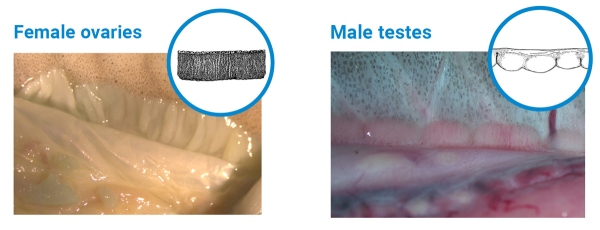
In all species of freshwater eels, the females grow to a much larger size than males. Thus, any eel above the maximum size to which males grow must be a female. However, anything smaller than this could be either male or female.
In shortfins, males do not usually grow larger than 550mm (about 350g), so any eel larger than that is a female. In longfins, males grow to a maximum of 750mm (about 1.25kg), so larger eels are females.
Protect the big girls!
Female tuna grow a lot bigger than males. Anything you catch over about 750mm long is probably a female.
The larger the female, the more eggs she has. Female tuna can have more than 20 million eggs! However, female longfin eels are long-lived and take several decades to reach reproductive maturity.
Until they reach maturity and migrate to sea, tuna (particularly the females) are susceptible for a long period of time to fishing activities as well as mortality due to non-fishing activities.
There are concerns about a decline in the number of large longfin female eels in the fishery and what impact this might have.
How can we help tuna?
Some ways we can help our tuna populations include:
- Protect, restore and create new tuna habitat.
- Restore upstream passage by overcoming man-made migration barriers (e.g.,hydroelectric dams, water supply dams, flood and tide gates, fords, weirs and overhanging culverts).
- Restore safe downstream pathways for adult migrants, ki uta ki tai.
- Ensure that sufficient adults reach sexual maturity.
- Provide good water quality.
- Remove pest fish and plant species.
Download
- Tuna: What does science tell us about New Zealand eels booklet (PDF 3.27 MB)
- Tuna lifecycle poster - Te Reo (PDF 1.8 MB)
- Tuna lifecycle poster - English (PDF 1.8 MB)


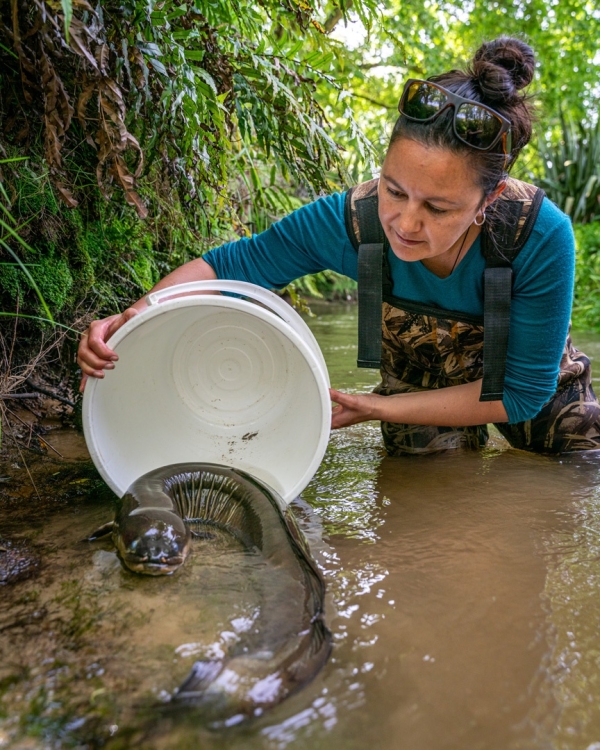
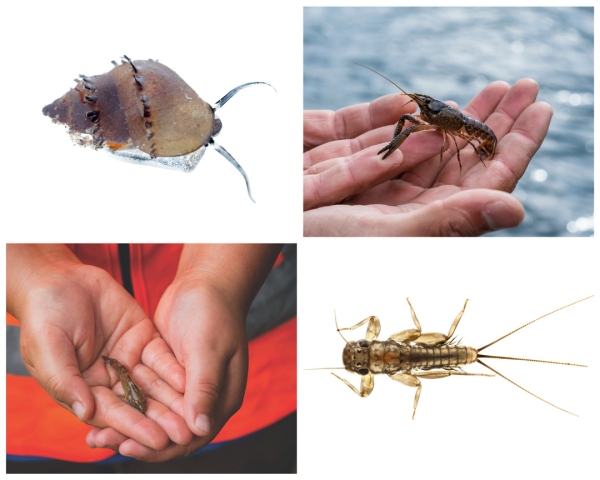
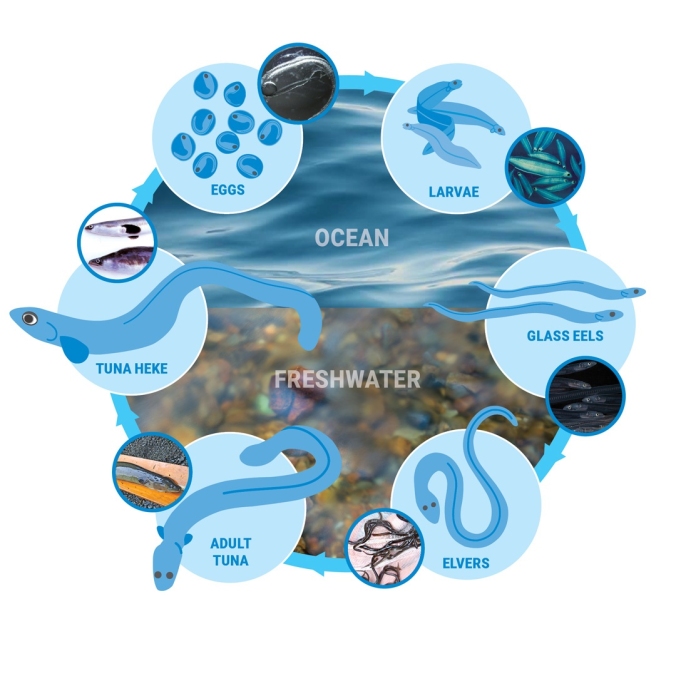
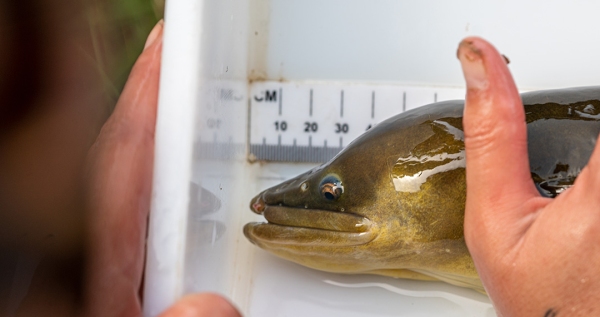


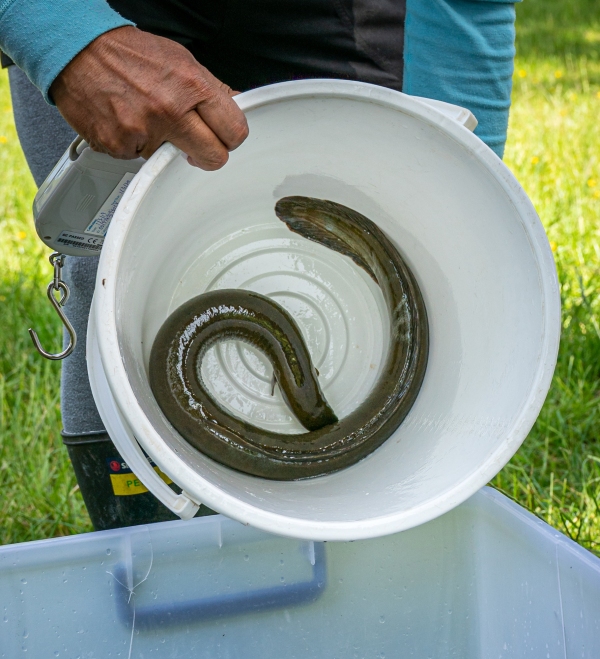
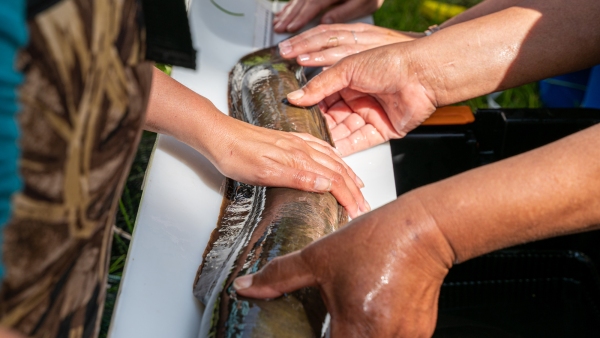
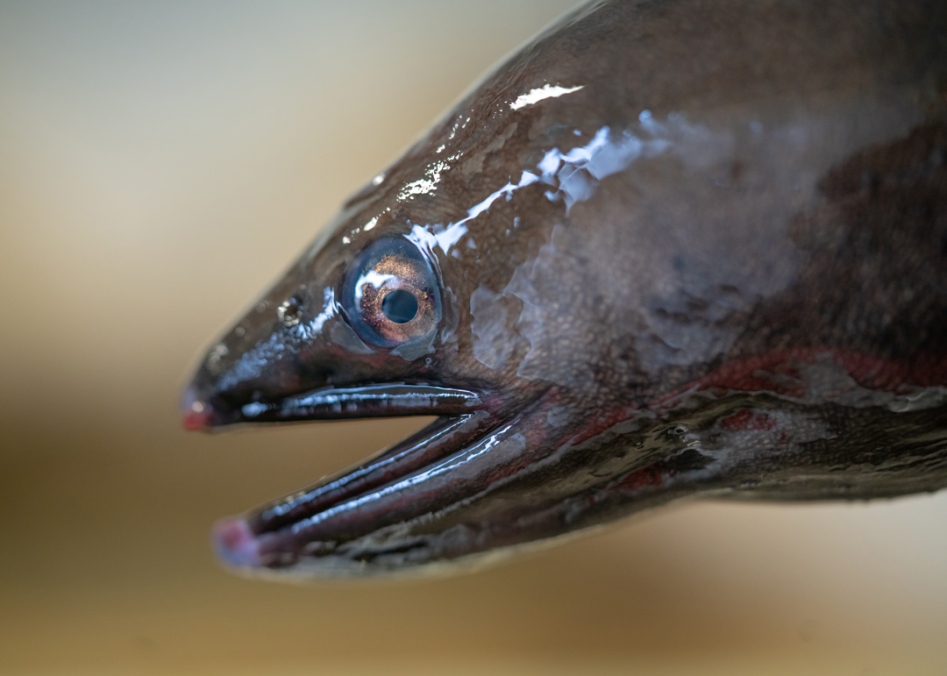
![Eimear Egan sampling for glass eels in the Rangitaiki River, Thornton Beach. [Photo: Rebekah Parsons-King, NIWA]](/sites/default/files/styles/gallery/public/2019_10-GLASS_EELS-parsons-king_web.jpg?itok=TsUDwOhB)
![Longfin glass eel [Photo: Lana Young, NIWA]](/sites/default/files/styles/gallery/public/Longfin-tuna-glass-eel-web.jpg?itok=JZnglPL6)
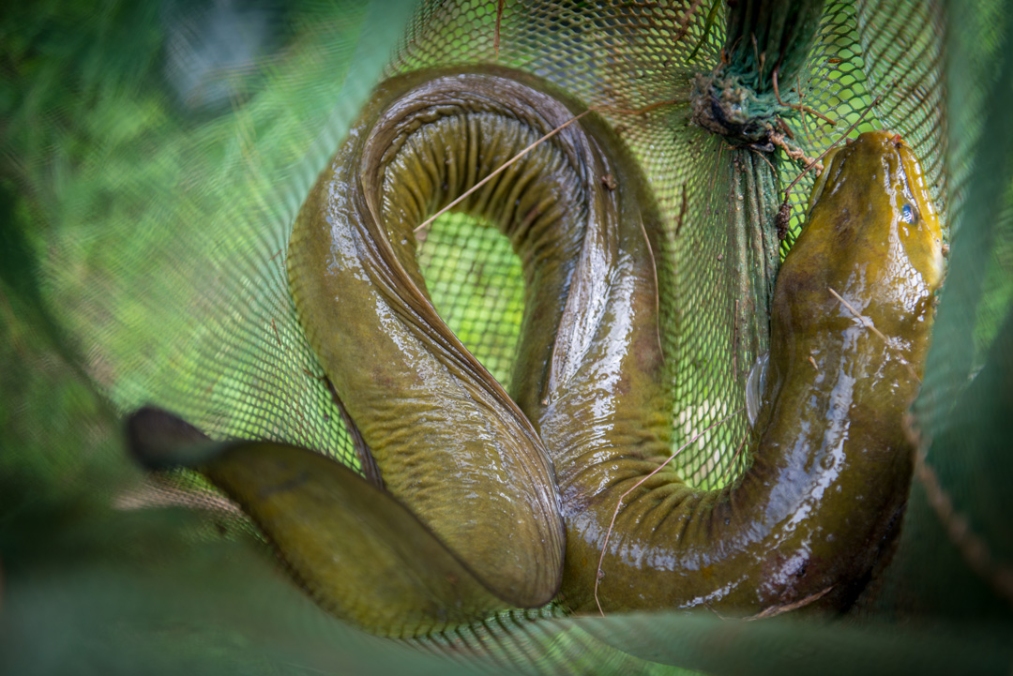
![Shortfin glass eel hiding in the sand [Photo: Lana Young, NIWA]](/sites/default/files/styles/gallery/public/Glass-eel-in-sand-web.jpg?itok=uFI987su)
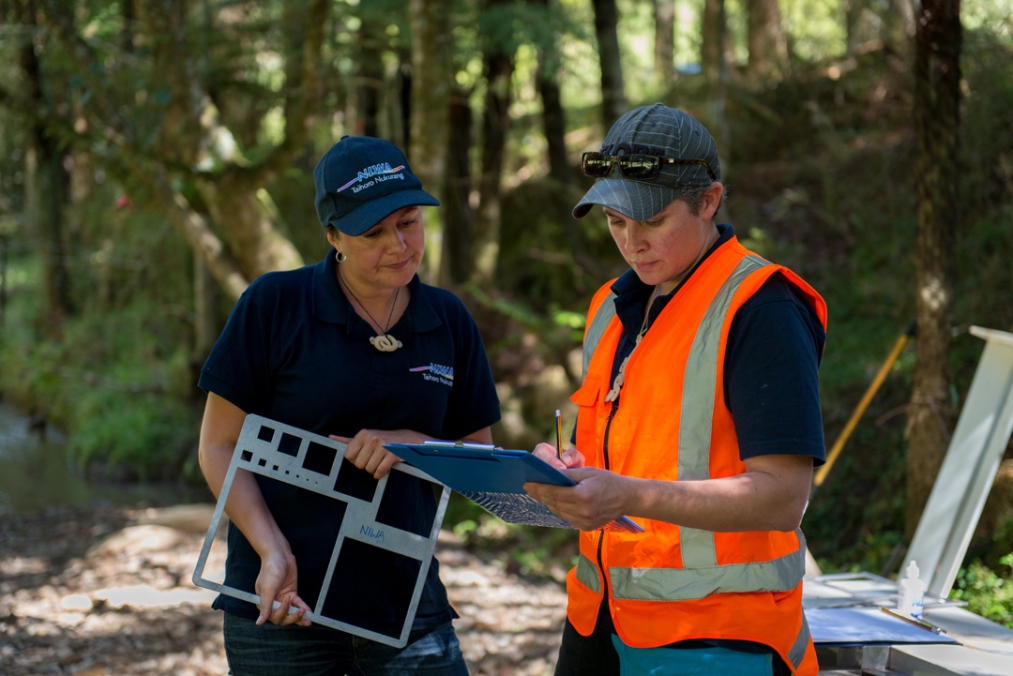

![Tuna release. [Photo: Stuart Mackay, NIWA]](/sites/default/files/styles/gallery/public/Tuna-Release---5_5_19---Paul-Franklin---credit-Mackay-8636.jpg?itok=SxnMuY9N)
![Where the dorsal fin (top) and anal fin (underside) meet. [Photo: Stuart Mackay, NIWA]](/sites/default/files/styles/gallery/public/MANIAPOTO-TUNA_2774_web.jpg?itok=gEDF7EU7)
![Phil Jellyman (L) and Shannan Crow (R) collecting catches of longfin and shortfin eels in Te Waihora (Lake Ellesmere). [Photo: Dave Allen]](/sites/default/files/styles/gallery/public/tewaihora_eels_daveallen_web.jpg?itok=NkqyzPLW)